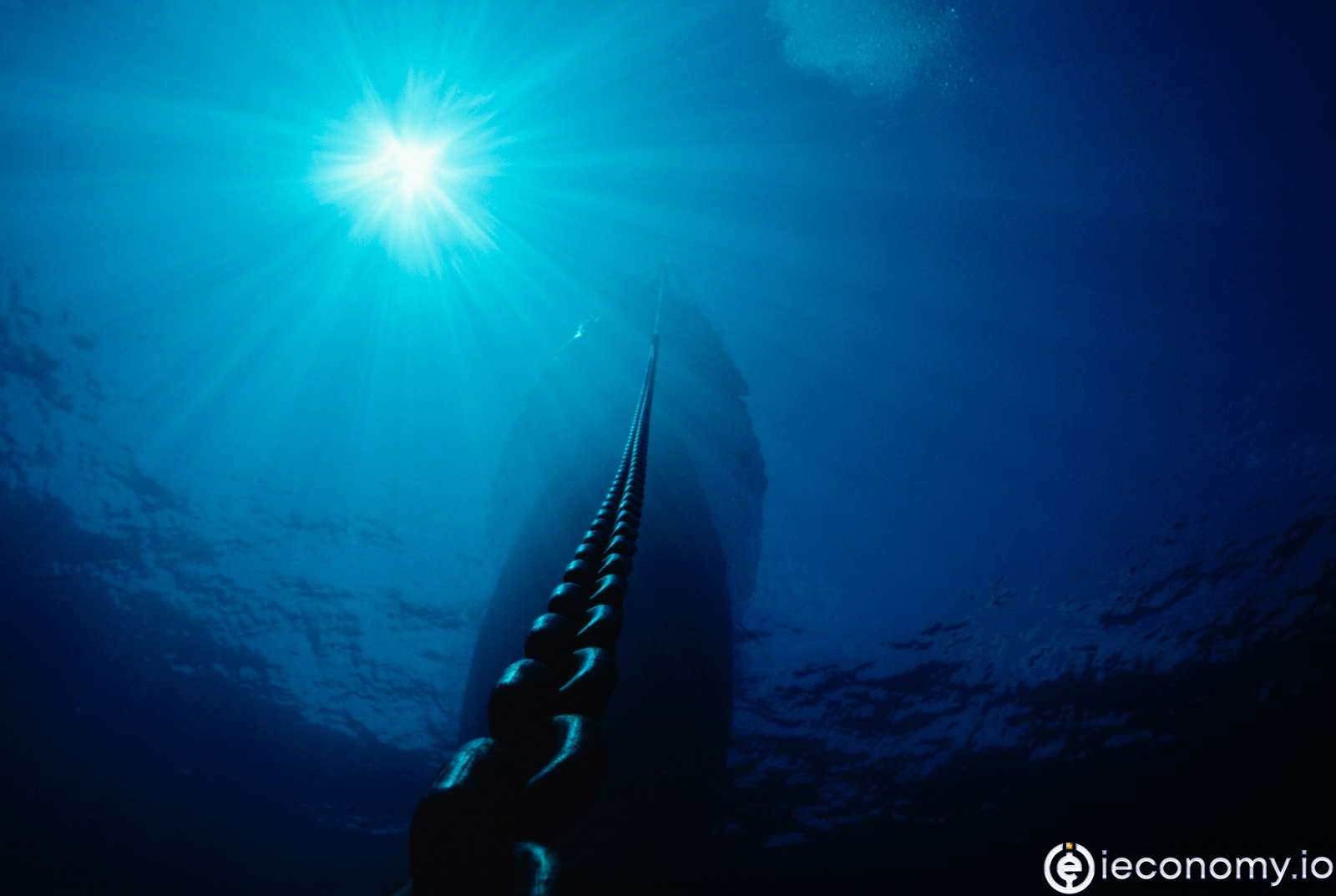11546
0
Britain and Norway will connect the longest cable under the sea
During this week, testing of the longest submarine electric cable connecting Norway and Great Britain will begin.

Yazar: Tom Roberts
Yayınlanma: 20 Haziran 2021 17:32
Güncellenme: 5 Aralık 2025 01:15
Britain and Norway will connect the longest cable under the sea
During this week, testing of the longest submarine electric cable connecting Norway and Britain will begin. North Sea Link - a joint project of the British power company National Grid and the Norwegian grid operator Statnett - aims to stabilize the grid networks of both countries and also reduce emissions from electricity generation. The high-voltage cable line will have 730 kilometers and a capacity of 1,400 MW, the whole project cost 2 billion euros. The official start of operations is planned for October this year, writes The Financial Times. The submarine cable will run from Kvilldal, Norway, to Blyth, UK. Leadership will become an important part of the UK's strategy to reduce emissions and promote wind energy, as UK grids can share or import energy depending on supply and demand. It will be connected to wind farms in the North Sea as well as oil and gas fields there. "The cable will enable the UK to maximize the use of renewables and Norway's vast hydropower network, replacing fossil fuels with electricity," said North Sea Link Construction Director Nigel Williams. During windy days, when the United Kingdom will have a surplus of wind energy, submarine cable will allow it to be exported to Norway. On calmer days, on the other hand, it will allow the country to use electricity from Norwegian hydropower plants. The cable was first laid by the ship's technicians on the seabed and then included. The first connection test will take place first with low voltage, in the following weeks it will increase to high. Williams considers the laying of the cable to the bottom of the North Sea and across the Norwegian fjords to be the most challenging part of the project. Special ships used to install submarine cables cannot work in bad weather. "Installing a cable across the North Sea was a big challenge, mainly because of the cost of engineering and also because of the weather," Williams said. It is estimated that the cables should last in place for about fifty years. The revenues of joint-venture companies should be distributed equally between the two companies.İLGİLİ HABERLER





European stocks soared and focus shifted to German retail sales after Powell's speech!

Forex Signal For TRY/USD: Inflation Slowdown in November.

Forex Signal For GBP/USD: Bullish Trend Still Not Breaking While Recovery Continues.

Forex Signal For EUR/USD: Starry US Data Points to Higher Fed Increases.

Forex Signal For BTC/USD: Downside Continues as Bitcoin Recovery Moves Less.
En Popüler Haberler
Yorum Yap
Yorumlar
Henüz yorum yapan yok! İlk yorumu siz yapın...